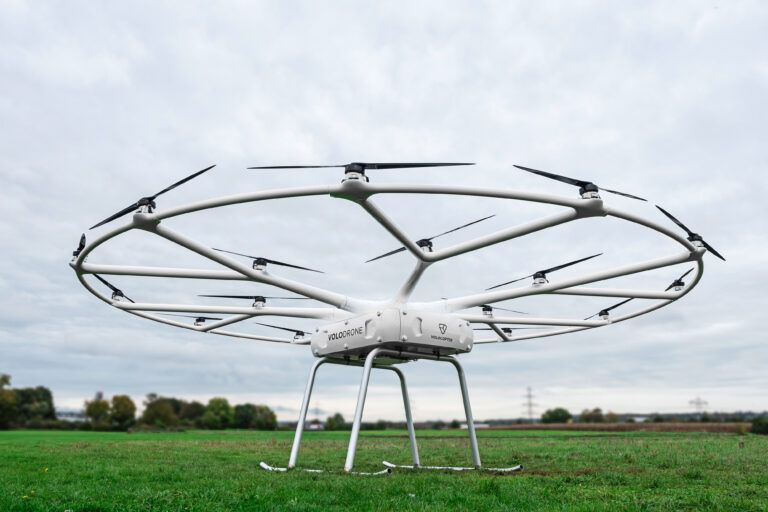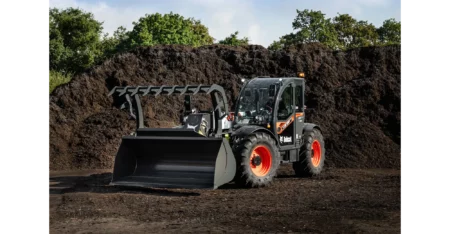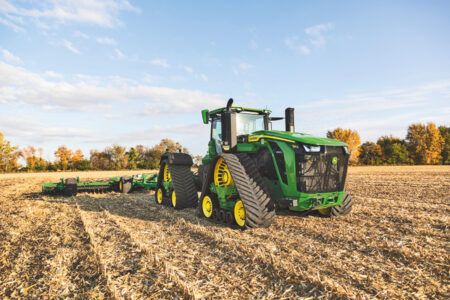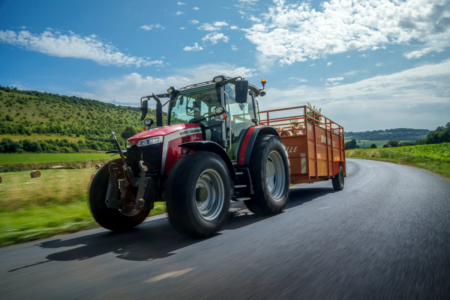John Deere and Volocopter are presenting the first large drone adapted for agricultural use at Agritechnica next week. A demonstrator model of the VoloDrone equipped with a John Deere crop protection sprayer, which is ready for its first field flight, can be seen in the Future Technology Zone in Hall 13. Featuring a potential payload of 200kg, the VoloDrone is able to cover an enormous area, especially under difficult operating conditions.
This first large agricultural drone is the result of a collaboration between John Deere, who bring knowledge of farmers’ needs, and the Urban Air Mobility pioneer Volocopter, whose flying taxis form the technological basis of the VoloDrone.
Large drones are becoming increasingly important, not just in the field of logistics but also in passenger transport. At the same time, small drones are already being used in agriculture for stock control and mapping, for example.
Both companies see great potential for the VoloDrone’s use in agriculture, with capabilities ranging from difficult topography to increased efficiency in the use of crop protection agents, sowing seeds or frost control. The development of this demonstrator is a first step towards bringing this innovative technology closer to commercial application after full testing in the field.
The VoloDrone is powered by 18 rotors with an overall diameter of 9.2 m, and features a fully electric drive using exchangeable lithium-ion batteries. One battery charge allows a flight time of up to 30 minutes, and the VoloDrone can be operated remotely or automatically on a pre-programmed route.
The drone frame is equipped with a flexible standardized payload attachment system. This means that different devices can be mounted on the frame depending on the application. For crop protection, the drone is equipped with two capacity tanks, a pump, and a spray bar.
Thanks to the drone’s low flight altitude, a very large area coverage of up to 6ha/hr can be achieved and spray management improved. This makes the VoloDrone a sustainable, precise, and cost-effective alternative to helicopters. Due to the system’s high flexibility and GPS control, more selective area-specific treatments are also possible.





